The book that shaped a Nordic identity

Seven Brothers: The book that shaped a Nordic identity
(Image credit: Finnish Opera and Ballet)
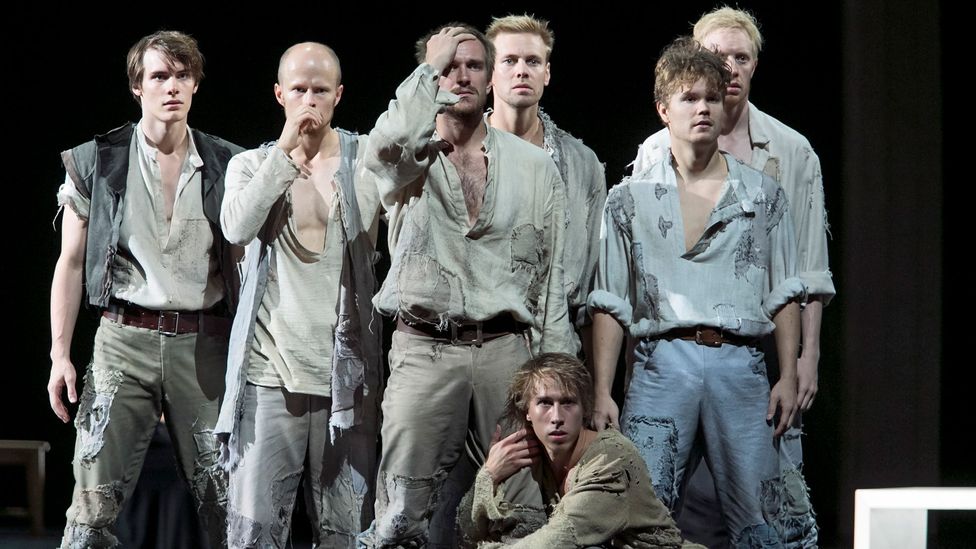
A story about living in nature – and the value of culture – captures the spirit of Finland. Lizzie Enfield explores the remarkable legacy of Seven Brothers.
F
Finland is a place of extreme contrasts. It’s a land of vast arctic wildernesses and cultured civilised hubs. It is lauded for its education, quality of life and economic dynamism but its people have been prone to depression. It has long, light summers and cold, dark winters. It is fiercely independent, yet has a long history of occupation. But it is the reconciliation of these opposites that has shaped the nation, and there is a Finnish book that encapsulates the push and pull of these contrasts. It is also credited with turning Finland into one of the most literate nations on earth.
More like this:
– How the future was predicted in 1921
– The Scandinavian way to tackle winter
– The best books of the year so far
First published in 1870, Seitsemän Veljestä (Seven Brothers) by Aleksis Kivi was initially poorly received – but over the ensuing 151 years it has become a seminal text, Finland’s national novel, and the book that shaped modern Finland.
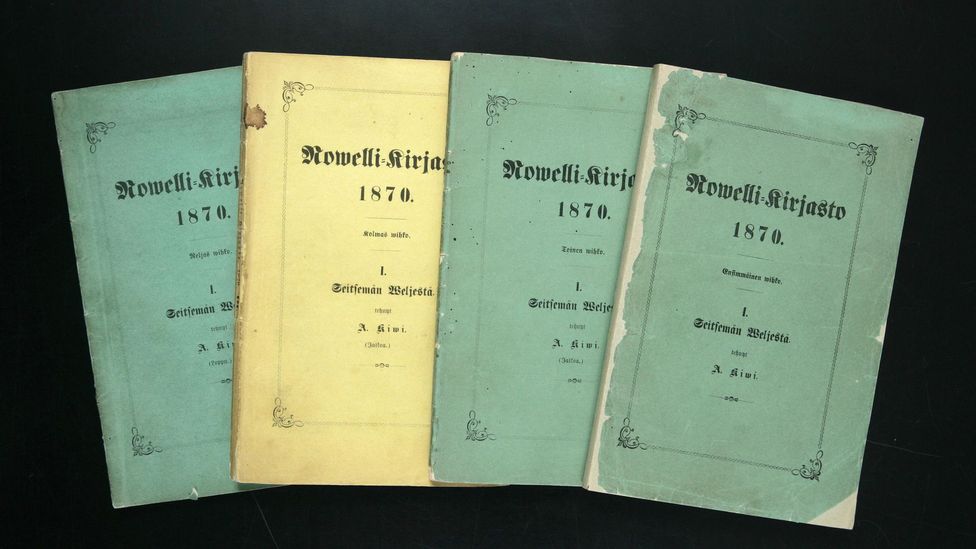
The first edition of Seven Brothers was published in 1870, but was initially not well received by critics (Credit: Alamy)
“Near the village of Toukola in southernmost Häme there is a hill, and upon the northern slope of that hill stands a house by the name of Jukola.” So begins the story of the seven brothers who opt out of society to live in the wilderness, only to be slowly lured back to civilisation.
This tale has become woven into the fabric of contemporary Finnish society, with spin-offs, theatre, TV and ballet adaptations. People name their children after the brothers, designers have taken inspiration from the story, and there is even a Seven Brothers knitting yarn used to make wool socks – in themselves a garment representative of the country’s icy northern plains.
The story continues: “Beyond the fields there is a meadow cleft in two by a meandering brook, its banks abrim with clover much hay it once produced before it was turned to pastureland for the village cattle.”
“Seven Brothers is an exceptional description of the Finnish people and their lives in Finland in the 19th Century,” says Finnish education expert Professor Pasi Sahlberg, author of Finnish Lessons. “It offers a range of different interpretations through the characters that the brothers represent, and its language is rich, vivid, rough, bold and funny.”
The brothers – Juahni, Tuomas, Aapo, Simeoni, Timo, Lauri and Eero – live on Jukola farm in Nurmijärvi, some 37km (23 miles) north of Helsinki. But when the law demands they must attend school and learn to read, they choose to abandon their home and live in the wilderness. Cut off from civilisation, they find it hard to create a decent life, not least because without being able to read they cannot marry.
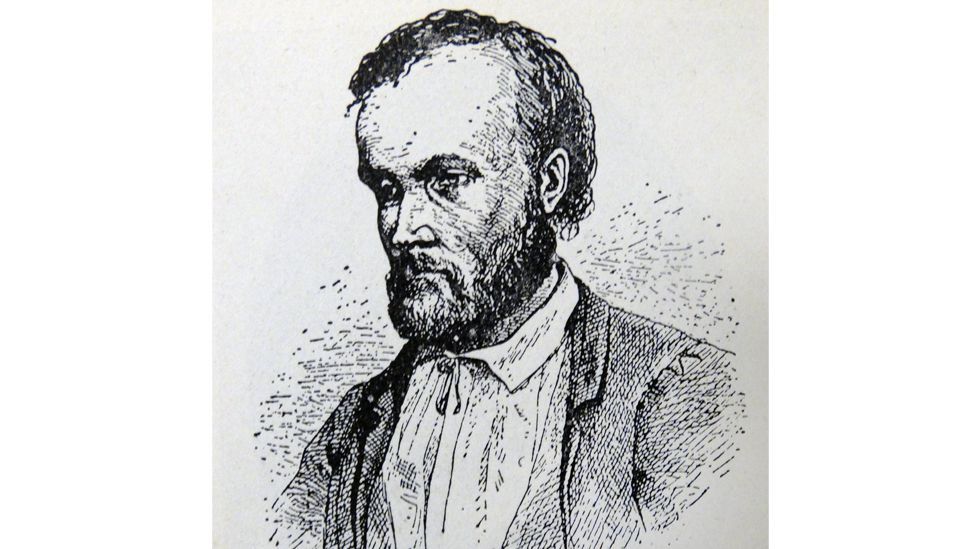
The author of Seven Brothers, Aleksis Kivi, died in 1872, and so never knew of the book’s later success (Credit: Getty Images)
The youngest brother is the first to learn, and he teaches the others. Eventually they return to their farm and to a better life. The moral is clear, that literacy is the basis of a good, civilised life. “Reading has been the cornerstone of Finnish culture since those days,” Professor Sahlberg tells BBC Culture. “Education has served as the main strategy for building a literate society and a nation that is today known by the world for its cultural and technological achievements.”
It wasn’t just the plot that made Seven Brothers a seminal novel, it was the language in which it was written and the changing nature of politics in the years after it was published. Sandwiched between Sweden and Russia, Finland was a part of Sweden from the late Middle Ages until 1809, when it was occupied by Russia for more than 100 years. Seven Brothers was the first novel to be written in the Finnish language (previously the Finns were portrayed in Swedish and often in idealised romantic ways). Aleksis Kivi was taught in Swedish but started to write in Finnish as part of a nationalistic movement, which was gaining strength at the time.
“Compared with many other European classics, Seven Brothers was written and published rather late, in 1870. At that time, the Finnish language was still beginning to take its shape as a literary medium,” explains Dr Sakari Katajamäki of the Finnish Literature Society. “Aleksis Kivi had an important role as a writer of Finnish literature, and Seven Brothers has stood the test of time. Compared with many other literary works from the 19th Century, Kivi’s novel does not appear too exalted. It features lifelike, rough, many-sided characters, its language is very rich and its humour still speaks to the readers of the 20th Century.”

An edition of Seven Brothers from 2004 – for many Finns, the novel still resonates now (Credit: Alamy)
Like many novels that would later become classics, at the time of its publication Seven Brothers was not so well received. It was ahead of its time. Literary critics described the book as disgraceful and ridiculous. August Ahlqvist, a Finnish poet and professor of language and literature, wrote the first review of the book and highlighted its vulgarities and rudeness – cursing, lewd language, the parodying of priests and violence. Two years later, the Finnish Literature Society started to sell the original novel with a preface containing an apology for the uncultivated content of the novel.
These reviews were not what Kivi, a poet and playwright of some renown, who had taken 10 years to write his first and only novel, had hoped for. Kivi had struggled financially all his life, and had mental health issues. In 1871 he was admitted to the psychiatric hospital at Lapinlahti, Helsinki, where the doctor treating him diagnosed him as suffering from melancholia resulting from “injured dignity as a writer”.
Two years after his book’s publication, Kivi died, aged just 38 years old. He was a heavy drinker, and his death was accelerated by typhoid and attacks of delirium. “Seven Brothers was his magnum opus,” says Dr Katajamäki. “Its critical reception was hard for him and it’s clear that this influenced his health.”
Dramatic change
Had Kivi lived to a ripe old age he would have seen the reactions to Seven Brothers undergo a dramatic change. In part this was due to the novel being better understood, but its growing popularity was also fuelled by Finland gaining long-sought independence from Russia on 6 December 1917.
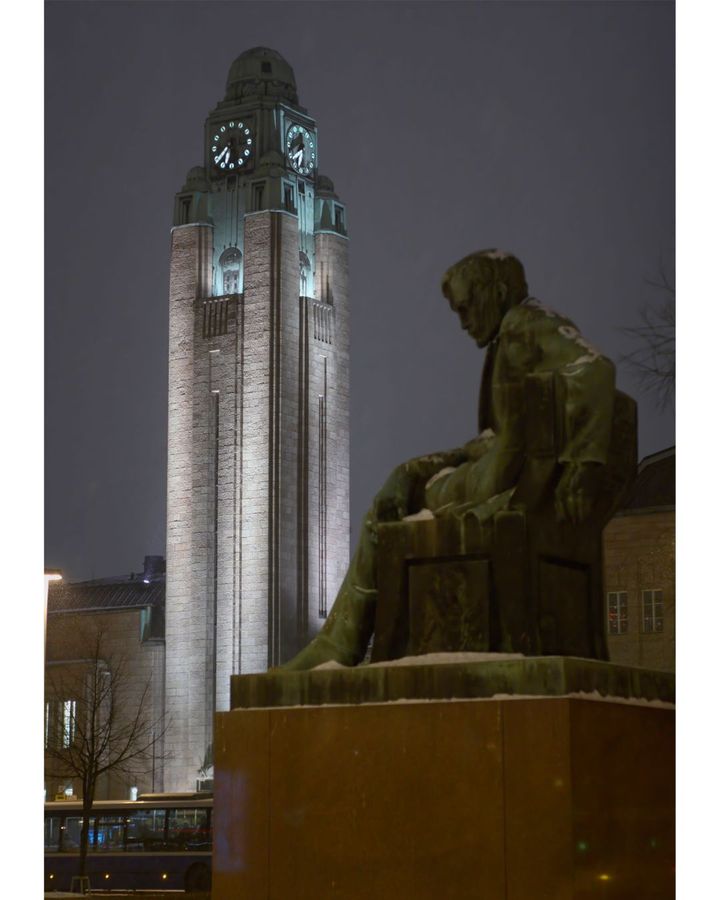
The author is commemorated by a statue in the centre of Helsinki – he is now a revered figure (Credit: Alamy)
The story of the seven brothers coming of age and their struggle for survival can be seen as a metaphor for Finland’s own. By the end of novel, the siblings have reclaimed the farm they abandoned and its timber-filled forests. They work hard. Their newfound literacy enables them to marry. They thrive and prosper. And by the start of the 20th Century, the Finnish people had finally become the custodians of their own country. They worked hard. The highly educated population has turned Finland into one of the great success stories of Europe.
Posthumously, Kivi became the national writer of Finland. Finnish Literature Day is celebrated each year on his birthday, 10 October, and the Finnish flag is raised in his honour. His statue is situated in the heart of Helsinki, in front of the National Theatre, and Seven Brothers is never out of print.
The novel has been translated into 37 languages. It has been published three times in English (in 1929, 1991, and 2017). There are pocket-book editions, illustrated collectors’ editions, simplified-language editions and children’s picture-book editions. In Helsinki’s new Central Oodi Library, which opened in December 2018, 26 different copies are available to borrow.
“But at the moment,” says Niina Holm, the library’s information specialist, “the only copy left on the shelf is the Kurdish translation. Every Finn knows the story of the seven brothers and many keep coming back to this innovatively and beautifully written book.”
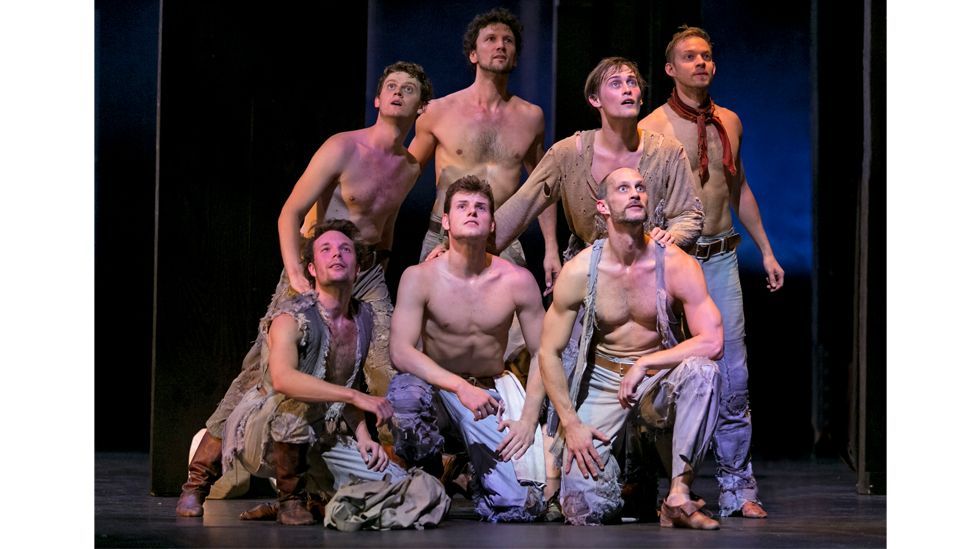
When theatres were shut during lockdown, Finnish Opera and Ballet screened the 2003 production of Seven Brothers (Credit: Finnish Opera and Ballet)
The novel has been the subject of other books, and has been an inspiration in design and fashion. In 1941, celebrated Finnish glassware designer Riihimäen Lasi Oy created a Seven Brothers vase featuring engravings of the brothers. And in 2017, to celebrate the 100th anniversary of Finnish Independence, journalist and fashion editor Sami Sykko created a fashion spread based on Finland’s national novel for the magazine of the national daily newspaper Helsingin Sanomat. “I looked into the history and found out how Finns dressed themselves at the time Aleksis Kivi wrote his famous book – and I wrote my story of the popular styles at Kivi’s time,” says Sykko. “Then I asked the dancers of the National Ballet to model for the story, the seven brothers of choreographer Marjo Kuusela’s ballet.”
This ballet, first performed in the 1980s (and staged again in 2003) was one of the most noted stage adaptations of the book. “The ballet was focused, eventful and energetic and beautifully celebrated masculinity at its best,” writes journalist Suna Vuori, former arts critic for Helsingin Sanomat. “It’s a very dramatic story. The plot is fast and furious, the expression verbally sublime, and the loving way in which Kivi described male bonding was touchingly portrayed by the dancers.”
According to Kuusela, “Seven Brothers is a big story with a lot of small details. The big story is human and universal while the smaller details appeal to diverse individuals. In my production I also wanted to speak about the environment, and I tried to embrace the wilderness, give it more positive connotations and to make the story more about the need to balance nature with civilisation.”
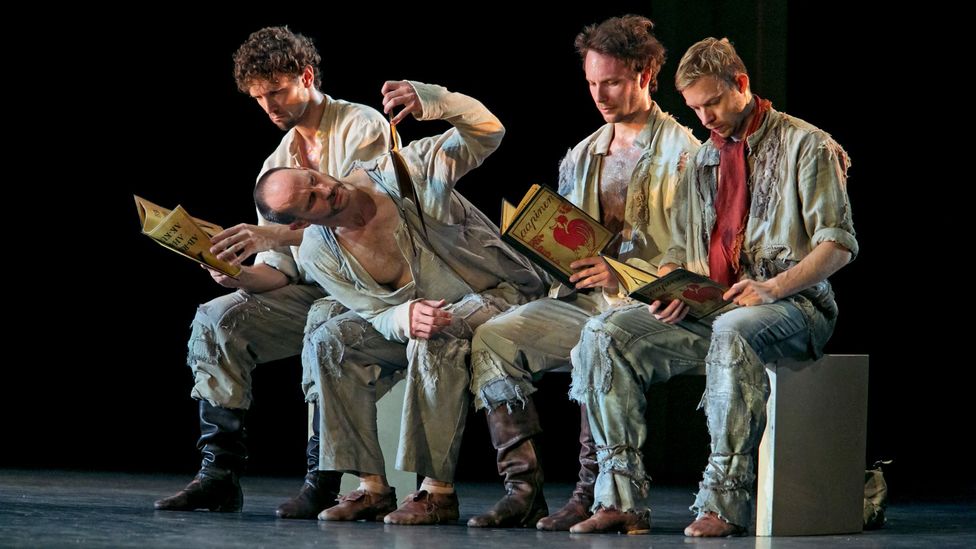
The theme of Seven Brothers – the push and pull of nature and culture – has become central to the Finnish national identity (Credit: Finnish opera and Ballet)
And this is another reason why Seven Brothers has become a classic – the text lends itself not only to adaptation but also to reinterpretation, and this is illustrated by its latest outing. During the pandemic, when theatres remained closed, the Finnish Opera and Ballet decided to show films of the 2003 production of Seven Brothers. The screenings bridged the gap between the isolation many Finns were experiencing due the lockdown restrictions, and their desire to participate in cultural events. It was a reflection of the book’s central theme.
“Being in nature gives us more feeling and feeds creativity,” says Marjo Kuusela. “Seven Brothers helped us to make a connection between nature and culture, and this is something which has always been important in Finland, and is perhaps more important now than ever.”
After Beth by Elizabeth Enfield is published by Penguin.
Love books? Join BBC Culture Book Club on Facebook, a community for literature fanatics all over the world
If you would like to comment on this story or anything else you have seen on BBC Culture, head over to our Facebook page or message us on Twitter.








